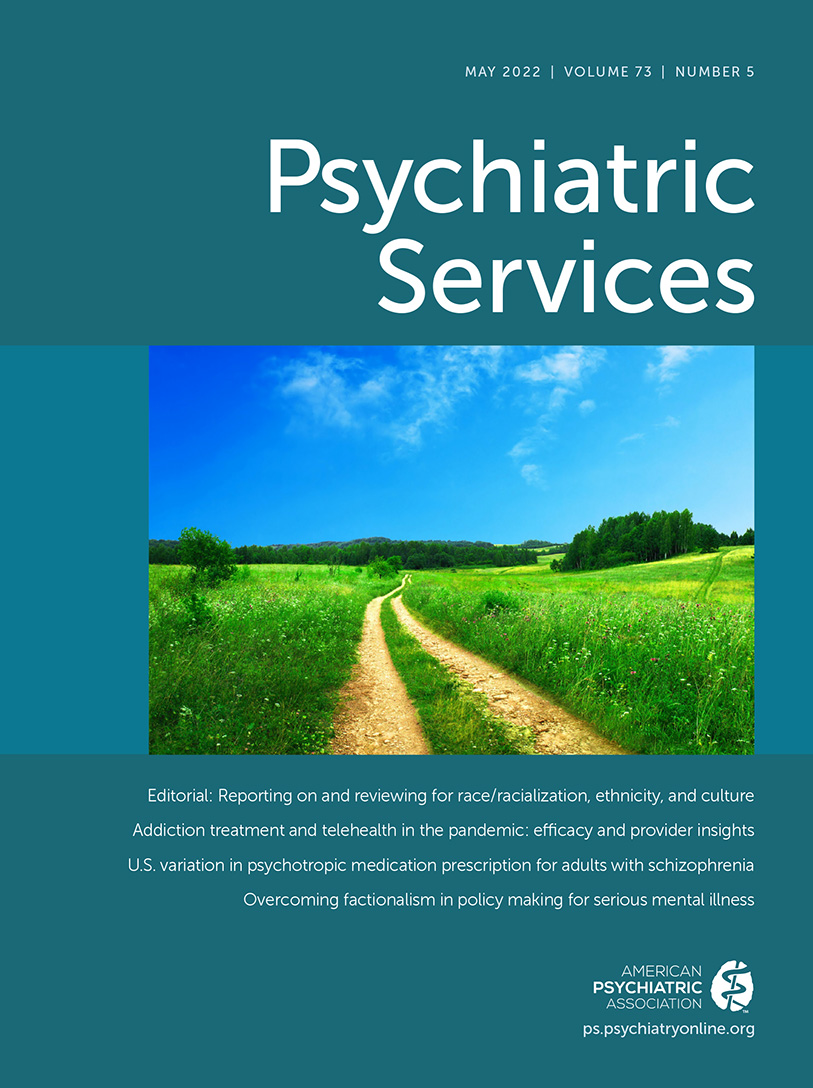How Physician Workforce Shortages Are Hampering the Response to the Opioid Crisis
Abstract
The United States is experiencing an unprecedented opioid crisis, with a record of about 93,000 opioid-involved overdose deaths in 2020, which requires rapid and substantial scaling up of access to effective treatment for opioid use disorder. Only 18% of individuals with opioid use disorder receive evidence-based treatment, and strategies to increase access are hindered by a lack of treatment providers. Using a case study from the largest municipal hospital system in the United States, the authors describe the effects of a workforce shortage on health system responses to the opioid crisis. This national problem demands a multipronged approach, including federal programs to grow and diversify the pipeline of addiction providers, medical education initiatives, and enhanced training and mentorship to increase the capacity of allied clinicians to treat patients who have an opioid use disorder. Workforce development should be combined with structural reforms for integrating addiction treatment into mainstream medical care and with new treatment models, including telehealth, which can lower patient barriers to accessing treatment.



